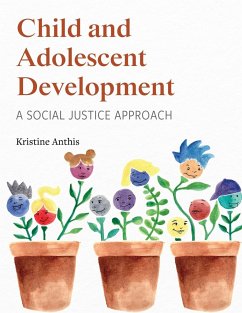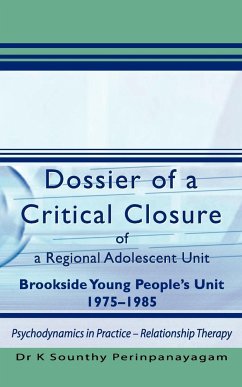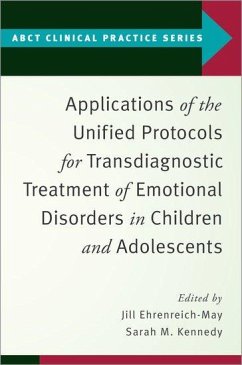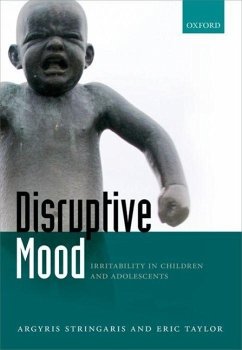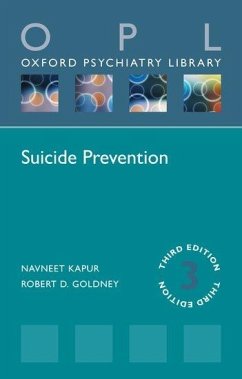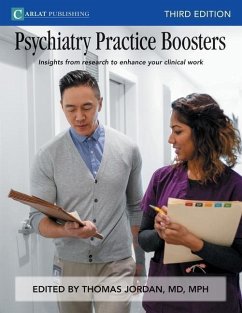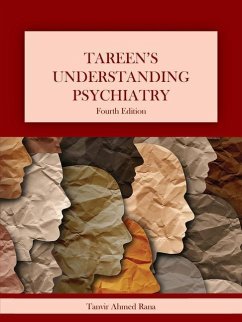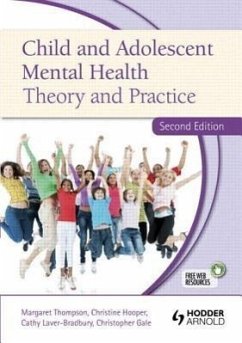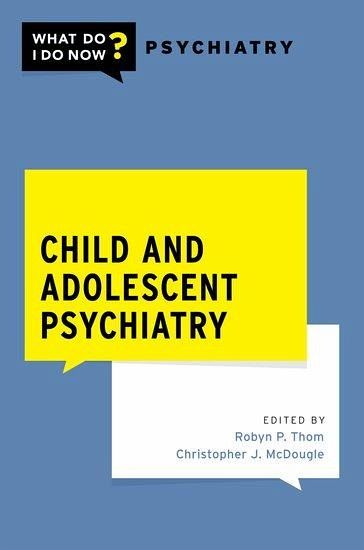
Child and Adolescent Psychiatry
Versandkostenfrei!
Versandfertig in über 4 Wochen
70,99 €
inkl. MwSt.
Weitere Ausgaben:

PAYBACK Punkte
35 °P sammeln!
Part of the What Do I Do Now? Psychiatry series, Child and Adolescent Psychiatry provides a practical biopsychosocial approach to assessing and treating psychiatric disorders in children and adolescents. Case studies covered include neurodevelopmental disorders, schizophrenia, mood disorders, anxiety disorders, obsessive-compulsive and related disorders, trauma and stressor-related disorders, factitious disorder imposed on another, feeding and eating disorders, encopresis, gender dysphoria, substance-related and addictive disorders, and delirium. Each chapter includes an overview of the epidem...
Part of the What Do I Do Now? Psychiatry series, Child and Adolescent Psychiatry provides a practical biopsychosocial approach to assessing and treating psychiatric disorders in children and adolescents. Case studies covered include neurodevelopmental disorders, schizophrenia, mood disorders, anxiety disorders, obsessive-compulsive and related disorders, trauma and stressor-related disorders, factitious disorder imposed on another, feeding and eating disorders, encopresis, gender dysphoria, substance-related and addictive disorders, and delirium. Each chapter includes an overview of the epidemiology of the disorder, common signs and symptoms, key aspects of the clinical assessment, and a biopsychosocial treatment approach with considerations based upon the age and developmental stage of the patient.





